You didn’t imagine it. That was a tiny blue tail you saw wriggling through the damp leaves and brush. Illustrations by Jane Kim.
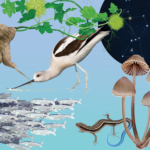
Sign up for our free weekly newsletter and understand everything better!
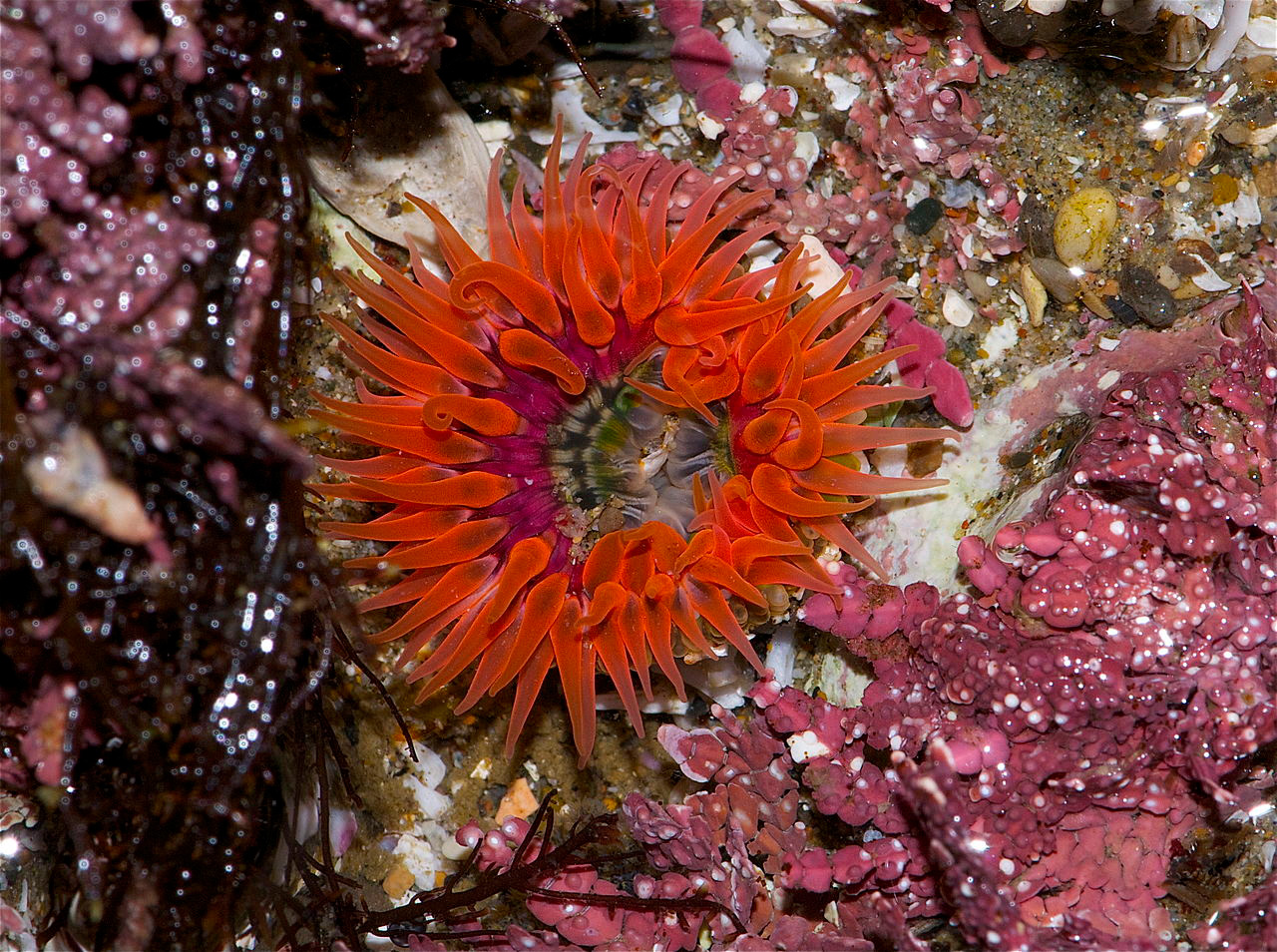

You didn’t imagine it. That was a tiny blue tail you saw wriggling through the damp leaves and brush. Illustrations by Jane Kim.
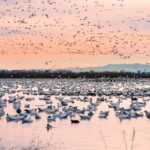
In mid-November 2021, a great storm begins brewing in the central Pacific Ocean north of Hawai‘i. Especially warm water, heated by the sun, steams off the sea surface and funnels into the sky. This article is from Hakai Magazine, an online … Read more
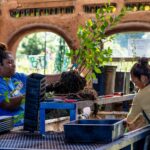
“Nobody’s got our kind of re-entry program that mixes soil, re-entry, healing, and good pay,” says Planting Justice’s operations manager, Lynn Vidal.
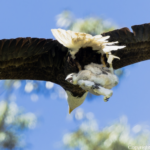
Stories of the birds and the beasts, plus plants, protists, and fungi. The whales versus the crabbers, a shortage of seeds, an unexpected lake, kelp babies; dirt bikers, vaxxed condors, the strange feet of coots. All here.
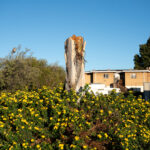
The money is meant to fix longstanding tree-cover gaps in disadvantaged neighborhoods—but it’s a fraction of what’s needed.
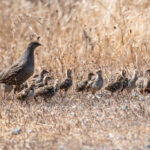
The official bird of San Francisco has been AWOL in the city for years. But the Presidio hopes to change that.
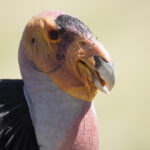
Though, faced with freedom, Condor 1139 and his fellow juveniles take their sweet time to step across the threshold. “We’re on condor time,” says a program manager.
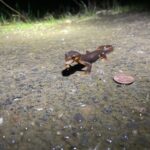
“In some areas, they blanketed the road,” says a volunteer newt-rescue organizer.
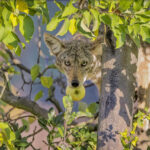
Or at least there’s one in Moraga that can, as this video shows.
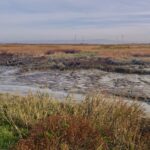
A dozen such projects have sprouted, offering habitat-friendly flood protection. Getting permission for them is a challenge.